I love participating
in Slice of Life, started by Two Writing Teachers and writing a story, reflection, or musing at least once a week.

In Dash, there is a scene in which Dash is thinking about how weak and afraid he feels in the hospital. "Somewhere right now Forrest is probably running. Strong. With a stupid grin on his face. Thinking of Kelly. She is probably with her girlfriends shopping. Laughing. Smiling. Everyone else is moving on. Being normal. I'm stuck here between these walls of wiz feeling wimpy and wispy and wondering when I can get back to my own normalcy before everyone else has left me behind." In another scene, he overhears a man on the phone yelling at a cabinet company because delivery was going to be delayed, and he was throwing a birthday party. Dash can't believe the man could be so angry about such an inane problem when he, Dash, has cancer. "He was so angry. Over a relatively small hassle. Stuck in his own little myopic world. Oblivious to the pain all around him."
Leon, in The Boy on the Wooden Box, also notices life going on as usual in the middle of his own personal experience. "As I walked out of the ghetto with its tombstone-crowned walls and along the streets of Krakow, I was dumbfounded to see that life seemed just as it had been before I entered the ghetto. It was as if I were in a time warp...or as if the ghetto were on another planet. I stared at the clean, well-dressed people, busily moving from place to place. They seemed so normal, so happy. Had they not known what we had been suffering just a few blocks away? How could they not have known? How could they not have done something to help us? A streetcar stopped, and passengers boarded, oblivious to our presence. They showed absolutely no interest in who we were, where we were going, or why. That our misery, confinement, and pain were irrelevant to their lives was simply incomprehensible."
I've had two profound experiences like Dash's and Leon's that I remember distinctly, one joyful and the other devastating. When my daughter, Libby, was born in March of 1993, I can remember looking out my hospital room window, gazing at the spitting snow and gray skies. How is it that the world didn't stop, just for a second, to acknowledge that a new human being had just entered the world? Why were pedestrians around the hospital not looking up at my highrise room window and giving me a thumbs up for a job well done? How could the world go on as usual? It was unfathomable. I just smiled and turned away from the window, that feeling of disbelief already passing.
In May of 2011, I experienced this moment again, but in an entirely different situation. I was standing at the brim of my dear friend, Bobby's, grave. His casket was already lowered into the ground. My girls were debating on whether or not to place roses they had been given in Bobby's memory on the casket or to keep them as precious mementos. I looked up, again wondering how the world could still be spinning. People were walking, driving, and biking past the cemetery, oblivious to Bobby's passing out of this world. Why were they not stopping to give him one last salute for a life well lived and hugs to us, his stunned and devastated friends?
What do these moments of otherworldliness teach us? I think they teach us to pay attention to those around us. What if one of someone stopped what they were doing and visited Dash at the hospital? Or at least called? What if that man with the late cabinets took a deep breath and recognized that his problem wasn't as important as the patients hurting and dying around him? Could some of the ordinary citizens around the ghettos of the Holocaust have stopped the systematic killings of Jews if they were willing to reach out? Some of them did, but not enough. I don't know the answers to these questions (some may be answered as I continue both books), but they are still worth asking. I also know I spend a lot of time in my own myopic world and not enough time paying attention to others. I know I've missed things in the lives around me.
As we walk into our school buildings every day, what monumental moments are our students experiencing? Are they wondering why no one is stopping to find out what is going on in their lives? Could we give them a thumbs up or a salute? Could we reach out a hand or give them a hug? How would the world change if we all took the time to notice?









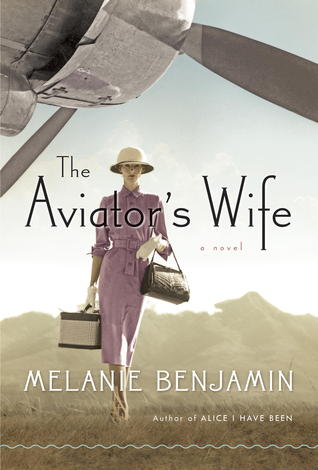
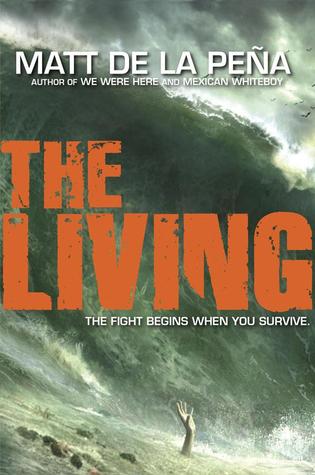

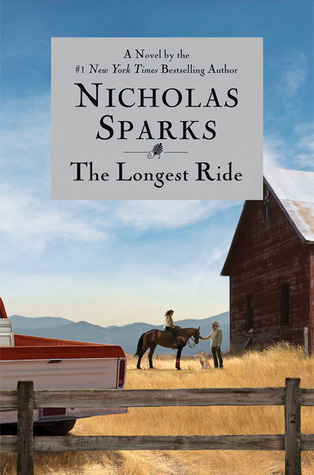
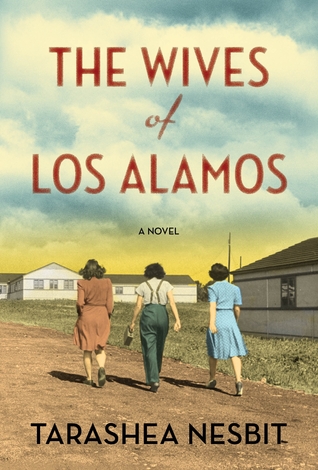














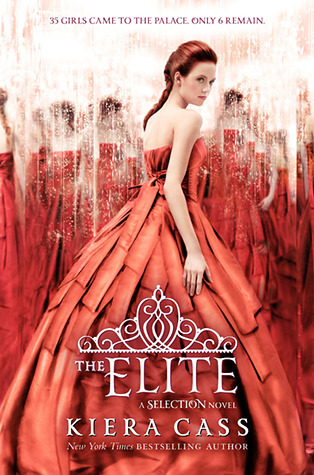





.jpg)




